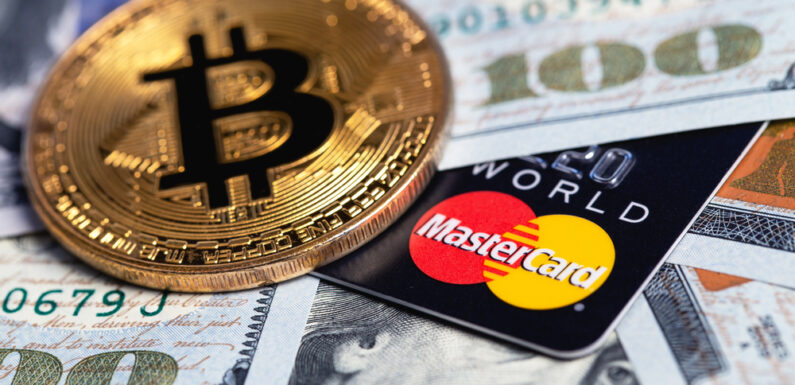
In the world of cryptocurrency, narratives come and go, but one message has remained steadfast: Bitcoin is the ultimate antidote to the unconventional monetary policies of the Federal Reserve.
Recently, this message has taken on a life of its own, with angel investor and venture capitalist Balaji Srinivasan making a bold prediction that bitcoin could potentially reach the one million Dollar mark within 3 months.
This has caused a fever pitch of excitement on Crypto Twitter, as people speculate on the potential for massive gains.
The Global Financial System Has Become Very Fragile
Srinivasan’s prediction isn’t just about making money – it’s also a warning about the fragility of the global financial system.
He predicts that a U.S. banking crisis is imminent, one that will trigger hyperinflation and cause the Dollar to crash.
This is an alarming prospect, given that the U.S. dollar is currently the de facto global reserve currency and has never experienced such extreme devaluation.
Srinivasan’s prediction comes on the heels of the Federal Reserve’s decision to open up liquidity taps through dollar lending programs, in an attempt to stabilize the banking sector after the collapse of Silicon Valley Bank.
Similar predictions of hyperinflation were made following the crashes of 2020 and 2008, and in both cases, the Fed responded by pouring trillions of dollars into the system through asset purchases and quantitative easing.
The message is clear: the world’s financial system is fragile and vulnerable to collapse, but Bitcoin provides a safe haven in these uncertain times.
Could Bitcoin Reshape the World’s Economy?
As the crypto world prepares for Consensus 2023, it’s clear that the conversation will revolve around Bitcoin and its potential to reshape the global economy.
Hyperinflation arises when there is an excessive amount of currency in circulation in an economy relative to the available goods and services.
In simpler terms, when there is more money than goods, the value of the money drops, leading to a rapid increase in prices.
Quantitative easing is one of the measures that can contribute to hyperinflation. QE is a monetary policy that involves increasing the money supply by purchasing government bonds and other securities from banks, which injects new money into the economy.
However, this newly created money must be spent on goods and services to boost inflation. The Bank Term Funding Program, the Fed’s latest measure, has caused an expansion of the Fed’s balance sheet but is not considered QE.
Despite some confusion and hyperbole surrounding the implications of U.S. government measures to stem the banking turmoil, experts believe that inflation will remain sticky but not result in hyperinflation.
While inflation may remain high, it is unlikely to reach hyperinflationary levels. According to Seng Liew, an emerging markets trader, and analyst, BTFP is not QE.
With this BTFP program, banks will be able to pledge mortgages or treasuries for immediate liquidity for up to one year. It is a liquidity program available in times of stress and is short-term.
Why is there Such a Disconnect?
Despite the clear differences between QE and BTFP, many investors are expecting rapid price gains in bitcoin. In fact, the cryptocurrency has rallied over 40% in just two weeks.
This disconnect may be due to Pavlovian conditioning, a psychological phenomenon in which individual experiences physiological as well as behavioral changes due to a connection between a biologically significant event and a neural stimulus.
In this case, ultra-easy monetary policy has been consistently followed by an increase in risk. Interest rates have remained at or below zero for the most part between 2008 and 2021, with the exception of the Fed’s minor tightening cycle from December 2015 to December 2018.
Final Thoughts
Many central banks, including the Fed, have implemented multiple rounds of quantitative easing. This easing bias has led investors to permanently associate the neutral stimulus with the consequent event.
As a result, every move by the Fed is either being interpreted as QE or an indicator of an eventual QE launch.



